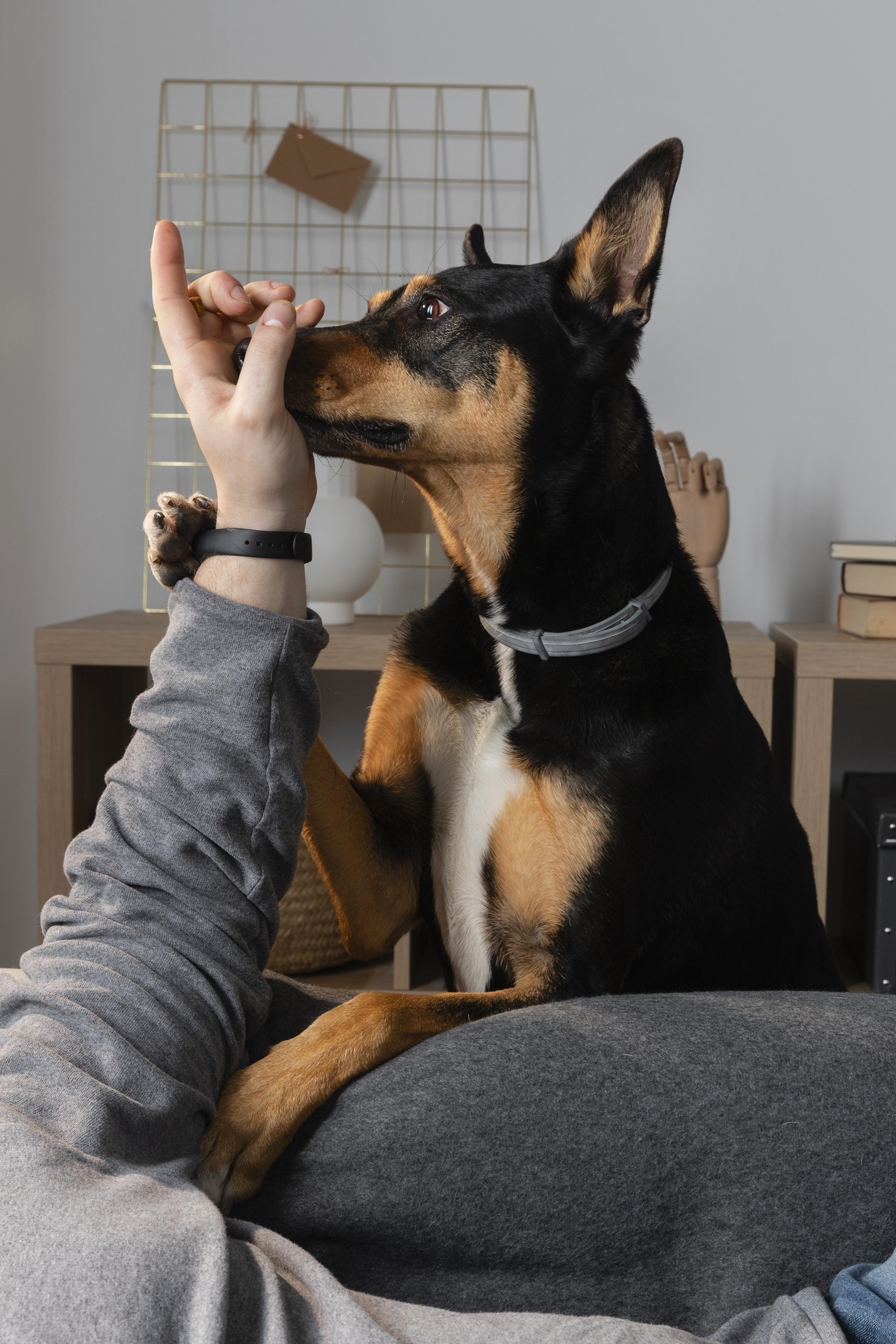How to Stop Dog Barking: A Guide to Restoring Peace at Home
In a noisy world, moments of silence are precious—and for dog owners dealing with constant barking, they can be rare. Barking issues are a common source of stress in many households. As a professional in dog care, I understand the disruption and frustration that excessive barking can bring, as well as the need for practical, compassionate solutions.
This guide is crafted for dog owners who want a peaceful and balanced environment with their pets. Here, we’ll explore the reasons behind dog barking, humane techniques to reduce it, tools to aid the process, and preventive measures for long-term tranquility.
Why Do Dogs Bark? Before learning how to reduce barking, it’s essential to understand its purpose. Barking is a dog’s natural form of communication. Whether they’re alerting, greeting, seeking attention, or acting defensively, barking serves many purposes. Here are some common reasons:
- Communication and Territorial Instincts: Dogs are pack animals with a strong sense of territory. They may bark to communicate or establish boundaries, often alerting you to what they perceive as potential intrusions. Recognizing the specific message in each type of bark is key to responding effectively.
- Fear, Boredom, and Separation Anxiety: Loneliness, boredom, or fear can also lead to barking. Dogs left alone for long periods may bark out of frustration or distress, especially if they struggle with separation anxiety. Identifying and addressing these underlying causes is essential for lasting behavior change.
Effective Techniques to Stop Barking Here are some humane, proven methods to help curb excessive barking:
- Consistency in Training: Establish a consistent training routine that includes commands like “quiet” or “enough.” Reinforce good behavior with rewards and be patient as your dog learns to understand these cues.
- Address Underlying Needs: Make sure your dog is getting enough physical exercise and mental stimulation. Sometimes, a tired dog is a quiet dog—long walks, interactive toys, or training exercises can help burn off excess energy.
- Desensitization to Triggers: If your dog barks at specific stimuli (e.g., doorbells or other animals), try desensitizing them by gradually introducing the trigger in a controlled way. Reward them for remaining calm, and increase exposure over time.
Tools and Aids for Managing Barking There are also several helpful tools you can use to manage barking:
- Sound and Scent Deterrents: Devices emitting mild sounds or scents (safe for pets) can help interrupt barking without causing harm.
- Interactive Toys: These can keep your dog engaged and reduce boredom-related barking.
- Calming Aids: Products like pheromone sprays or calming chews may help dogs with anxiety issues stay more relaxed.
Preventive Measures for Long-Term Success Prevention is the best cure. Make a habit of addressing your dog’s emotional and physical needs daily, providing them with exercise, play, and companionship. Setting a routine can also reduce anxiety-related barking, as dogs feel more secure when they know what to expect.
By understanding why your dog barks and taking thoughtful, consistent action, you can create a quiet, harmonious environment where both you and your pet thrive. Remember, patience is key, and with time, these methods can help transform your home into a more peaceful space.

